Let's talk about how to use a DI box and a reamp box and what they are doing under the hood.
The tone of the RAT
The RAT pedal by the American brand Pro Co is certainly one of the most well-known distortion pedals in the world. In the mid-70s, Steve Kiraly and Scott Burnham spent their free time repairing saturation pedals when they weren’t working at ProCo Sound Inc. Frustrated with the sound he was getting from the available pedals and those passing through his hands, Scott decided to create an effect pedal capable of delivering the tone of cranked-up amplifiers—with even more distortion—and overall, a better pedal than the ones he was fixing! By tinkering in his basement, he accidentally achieved what he was looking for: the RAT was born.
1. The Sound of the RAT
The RAT is truly characterized by an ultra-aggressive sound with a lot of gain! Scott Burnham’s lucky discovery during its design was pushing the pedal’s gain so high that it wasn’t just the usual clipping diodes generating saturation, as with the MXR Distortion Plus or the DOD Preamp 250 from the same era, but rather the very component used to amplify the sound. Technical moment: this component is an operational amplifier called the LM308, which is no longer produced today. Fortunately, another chip, the OP07, is still manufactured and sounds quite similar, which explains why the RAT still exists!
It may sound technical, and it’s true that the pedal’s tone is directly linked to the total overuse of this poor electronic component. The model Burnham chose is relatively slow and struggles with high frequencies when the gain is too high. Pushing the RAT causes it to fail in responding properly to guitar attacks, which tends to smooth out the saturation and produce a very aggressive “wall of distortion” effect.
This phenomenon tends to emphasize the midrange even more, and then the bass if you really push the gain. Also, note that the FILTER knob works in reverse: the higher it is turned, the fewer treble frequencies remain, similar to the CUT controls found on Vox and Matchless amps.
Josh Scott, founder of JHS Pedals, will tell you that the original LM308 and the modern OP07 sound identical. I disagree! Having gotten my hands on a few metal-can LM308 chips, I can confirm that, in addition to the usual sound of the effect, there’s a compression phenomenon: the higher the gain, the more each string attack cuts the overall volume of the effect. Perhaps this is specific to my particular model, and the original plastic chips don’t exhibit this behavior? If you have more information on this, feel free to share it in the comments—I’d love to hear your thoughts!
Among the most famous ProCo RAT users, we find Nirvana, with Kurt Cobain using it all over the Nevermind album. Naturally, Dave Grohl, who was the band’s drummer, continued using it as the guitarist of Foo Fighters. Alongside them, Radiohead, Jeff Beck, Peter Buck of R.E.M, Andy Summers of The Police, David Gilmour with Pink Floyd, and even Metallica have all used the RAT to achieve highly saturated tones in their music.
2. A Family of Rodents
The RAT has been released in multiple variations over time. The first, called the Juggernaut, was designed for bass and featured a master volume, an effects loop, and a clean blend to allow finer control over the amount of bass and saturation. It was produced for about three years between 1979 and 1983, then reissued in 2003.
1985 saw the birth of the Turbo RAT, replacing the silicon clipping diodes (1N914) with two red LEDs. This drastically reduced the pedal’s saturation level while increasing its volume, making it much more usable on an already overdriven amp.
In 1997, the Roadkill and its purple counterpart, the BRAT, retained the original circuit while adding soft-clipping diodes for a smoother tone, a soft-touch switching system, and an input buffer to maintain a strong signal level.
In 2002, the Deucetone incorporated two RAT circuits into one enclosure, each with an accessible Turbo mode via a switch, plus a new mode: Clean, which removed the clipping diodes to deliver a massive volume boost, and Dirty, which instead used germanium 1N34A diodes for an even more compressed sound—as if the RAT needed it!
Two years later, the Dirty mode was used for the You Dirty RAT, where the germanium diodes were eventually replaced with Schottky diodes (BAT41), which sound very similar. If you don’t understand why simply swapping a pair of diodes is interesting for distortion, I invite you to read my article on clipping diodes.
If you’re a collector, you might be looking for a “White Face” version, which differs from the original only by its reversed silkscreen logo and name, or a RAT signed “Woodcutter.” I’ll let you decide if these versions are worth it, as there is no schematic or tonal difference to justify their high value.
For more information on the history of the ProCo RAT, Josh Scott has done an excellent job on his blog: JHS Pedals' Blog
3. Modding a RAT to improve it?
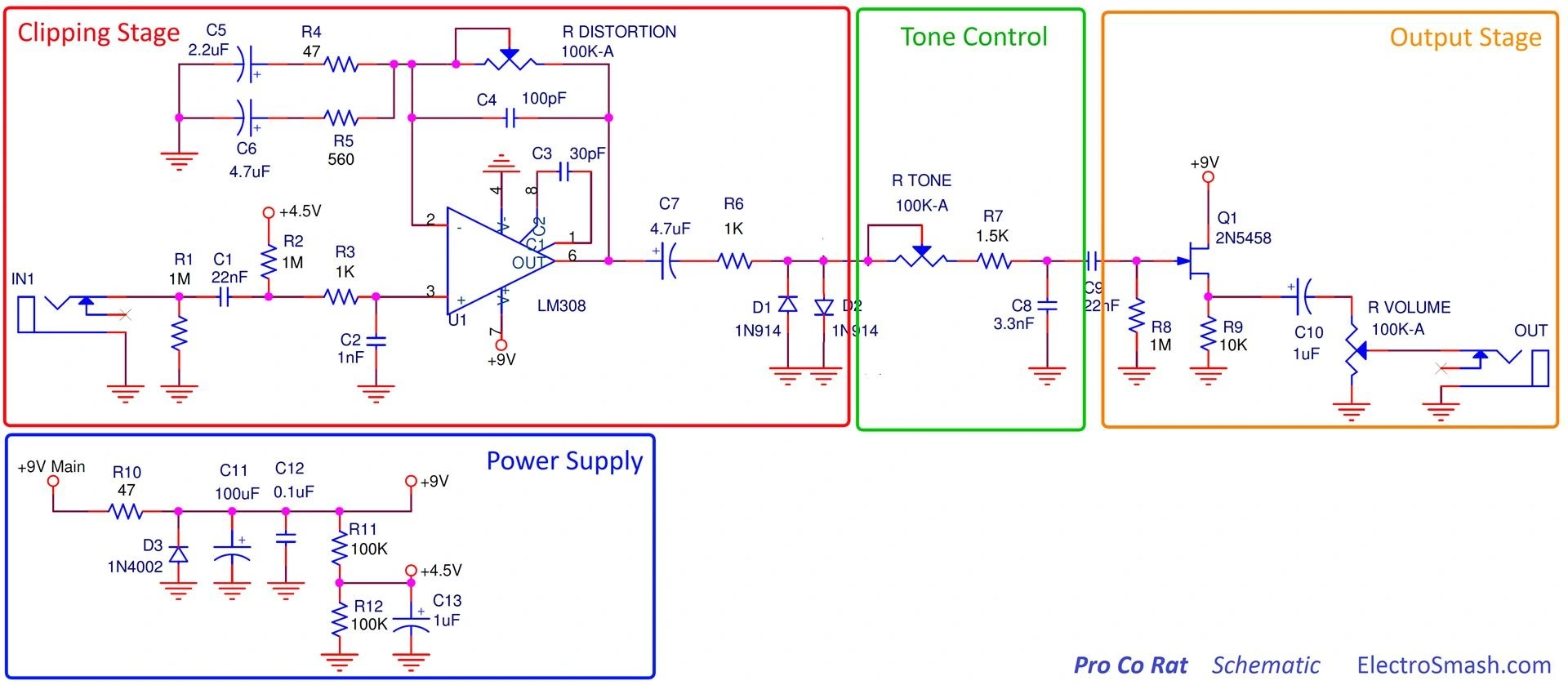
For the most curious among you, here is the RAT’s schematic. I highly recommend visiting ElectroSmash.com, where it comes from, as the site provides a detailed analysis of the pedal’s design. It’s an excellent resource for understanding how our favorite effects work!
The simplest mod is swapping the two silicon clipping diodes (D1 and D2) for LEDs (Turbo RAT) or germanium diodes (You Dirty RAT). You can even use a switch to toggle between different mods!
Another well-known DIY community mod is the famous Ruetz mod. Disconnecting R4 via a switch results in a saturation with much less midrange gain—almost flat. Conversely, disconnecting R5 tightens the bass, making the distortion more aggressive and sharp, less muddy. Again, using a switch, you could disable one, the other, or neither!
You can also try changing C3 to make the amplifier even slower and less reactive to treble frequencies. This further emphasizes the high mids as C3 increases, almost creating a fixed-wah effect. Note that this modification only works with an LM308, not an OP07! You can also try the LT1008, a much more modern alternative to the LM308 that works well, though it’s more expensive. While you’ll often see C3 still connected in circuits using an OP07, it’s… completely useless since the component functions differently.
Reducing C8 makes the FILTER control act more on the treble, while increasing C8 shifts its effect towards the bass. Handy for tailoring the tone to your instrument.
There are many other ways to modify the circuit, but it can quickly become complicated, which isn’t the goal. The main thing is to have fun!
Today, the RAT is still produced by ProCo in its Version 2 and Mini versions. It remains an essential part of the grunge and hard rock sound of the ’90s and a top choice for both beginner and experienced guitarists looking for an aggressive tone. If you play stoner rock, it will also fit perfectly into your sound chain!
Many manufacturers take inspiration from the RAT, whether to pay tribute—like JAM Pedals with a circuit as close as possible to the original—or to tame and soften it, as 1981 did with the DRV. Coupled with an analog octave-up and a boost, EarthQuaker Devices takes saturation to an even higher level with the Life Pedal, a signature Sunn O))) effect! There’s something for everyone. If you’re looking for a RAT that lets you try out all the mods without any soldering skills, try out the Dolmen Effects Hermine !
For me, the RAT has sentimental value: it was the very first effects pedal I built—though not without hassle—from a Musikding kit! It wasn’t very pretty but worked well. That didn’t stop me from using the Turbo RAT as the foundation for the overdrive section of the Distorter, modifying the circuit to suit Nelson Martins. The result is a warm and dynamic overdrive that isn’t overly intrusive!



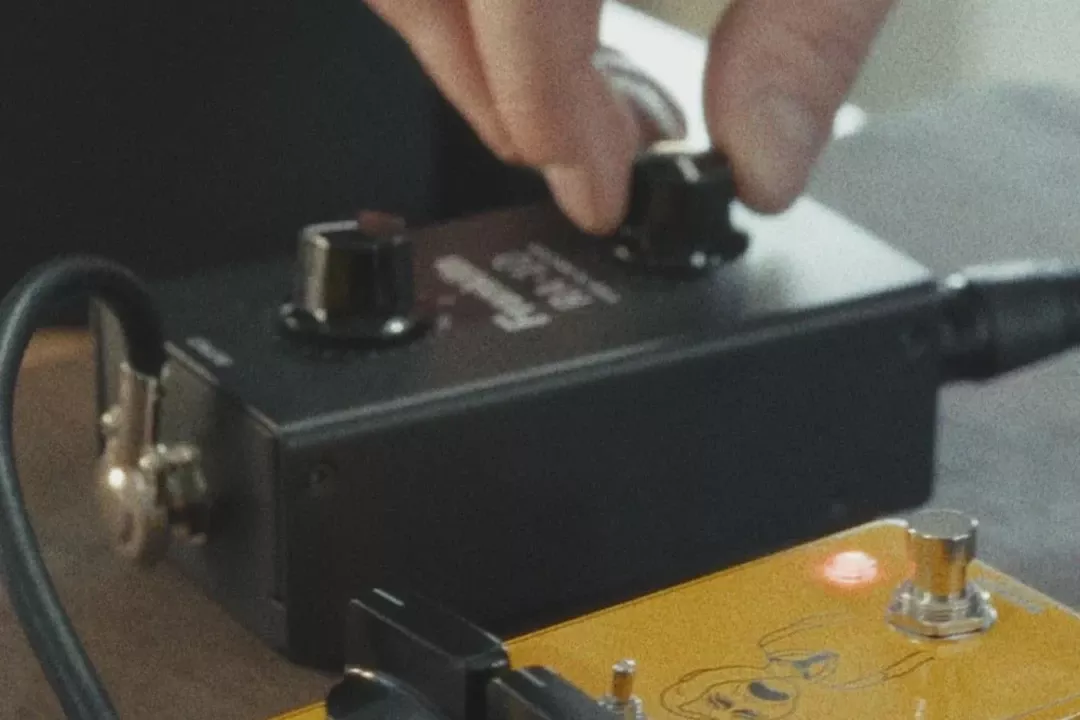
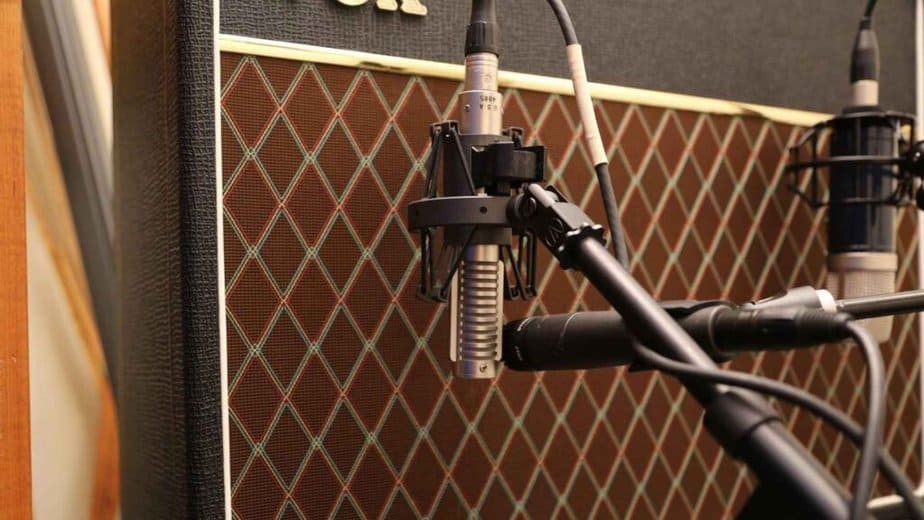
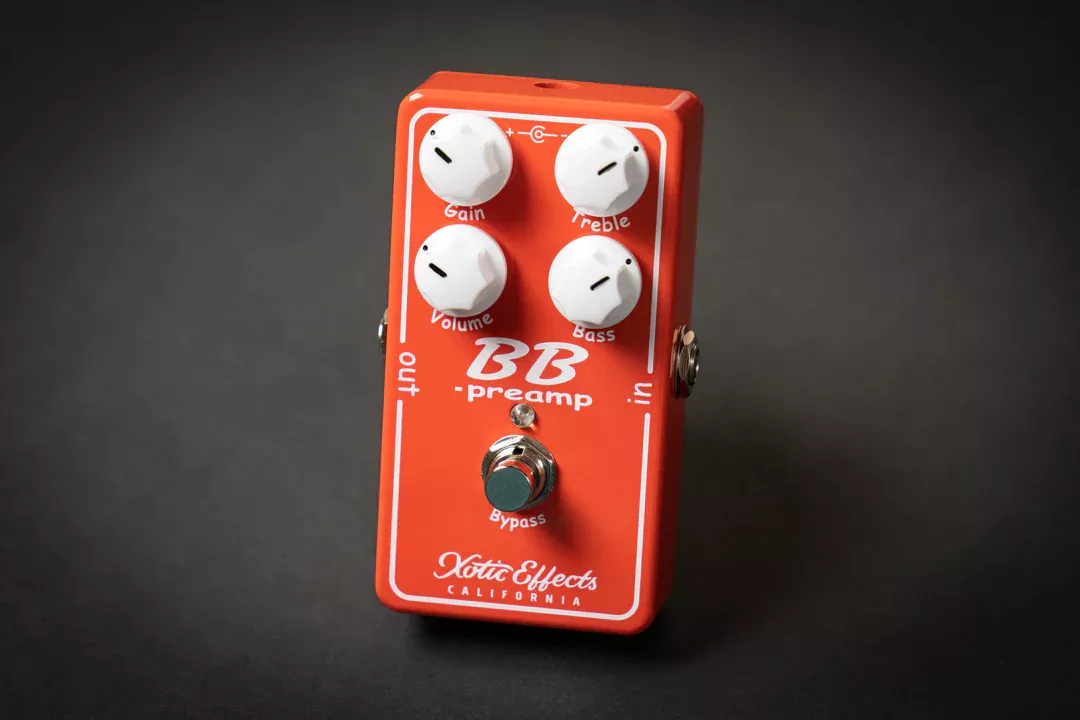
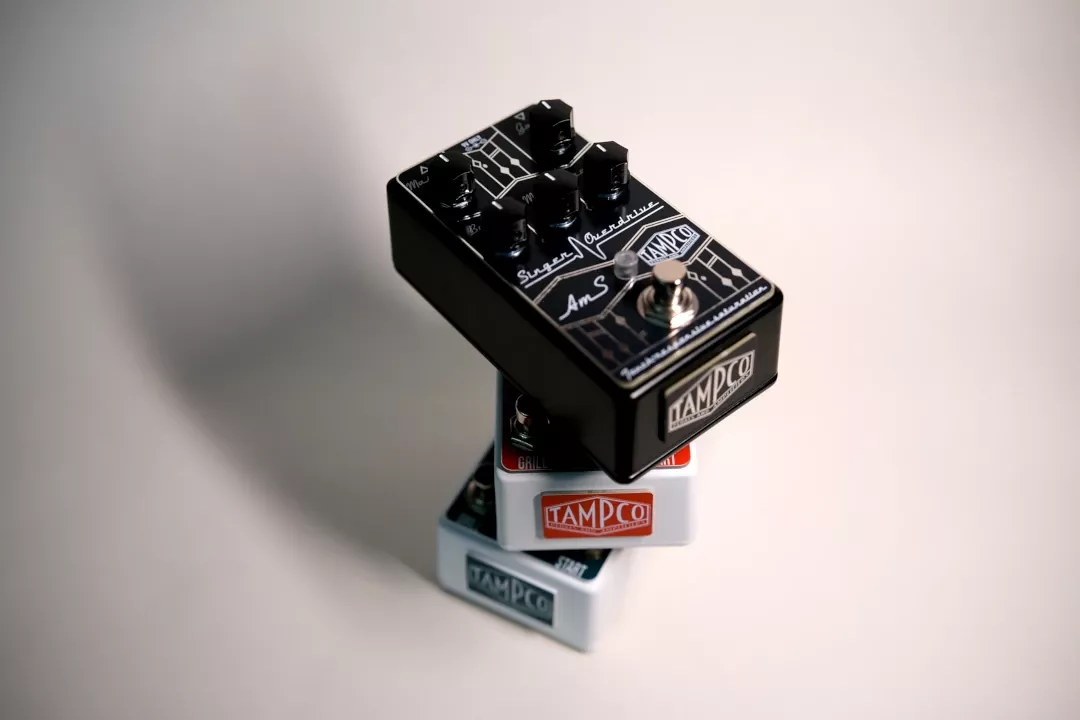
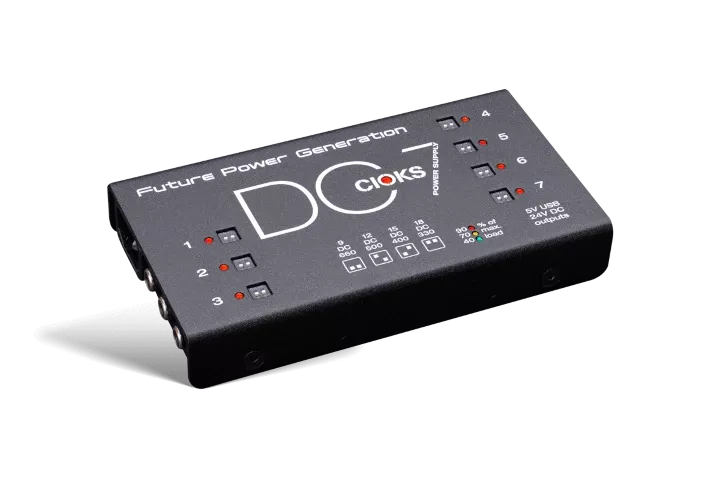
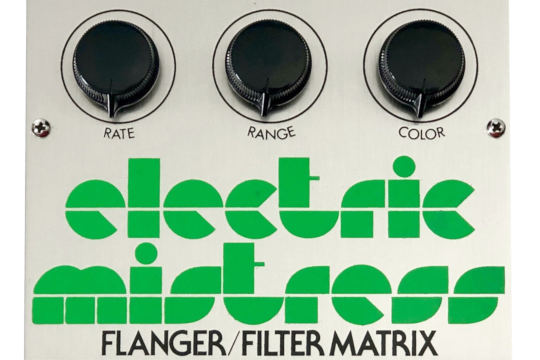
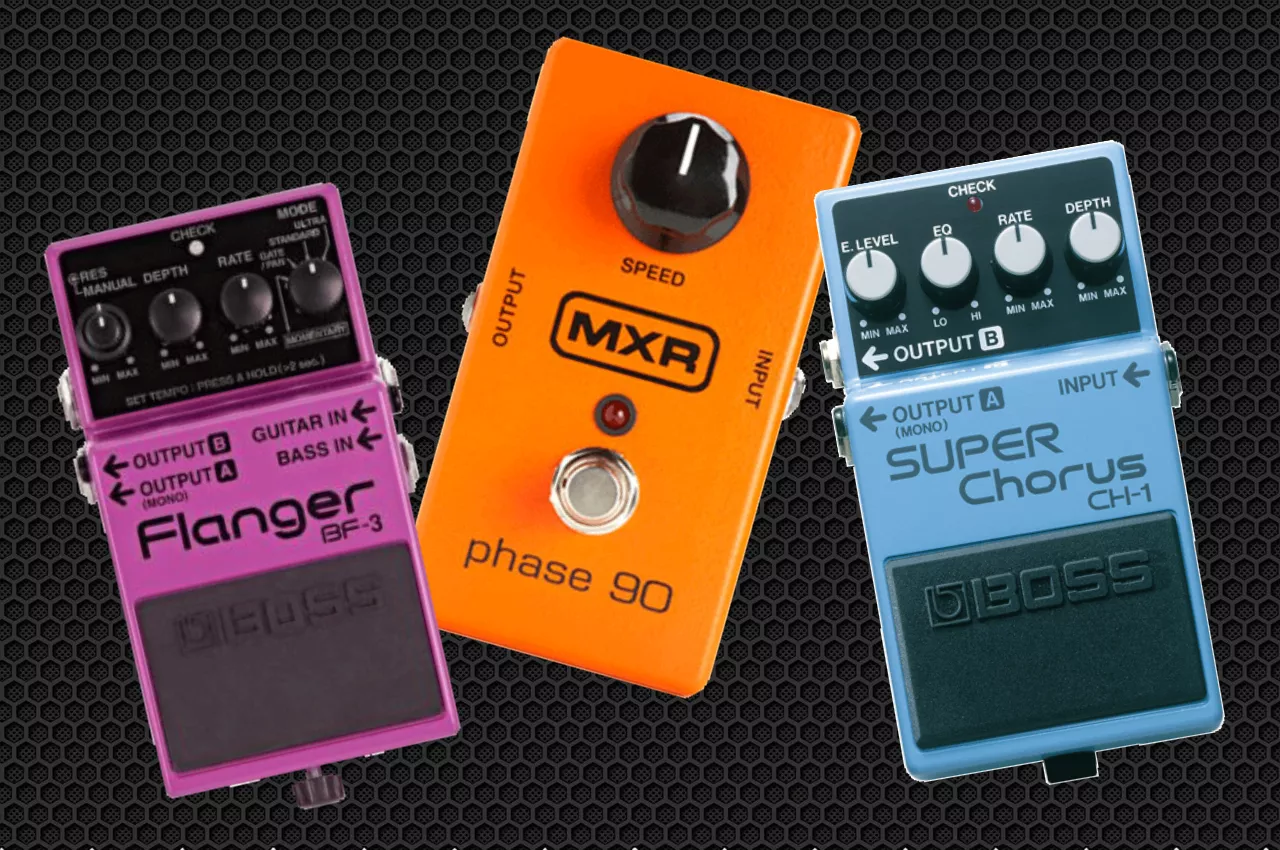
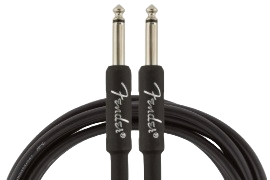
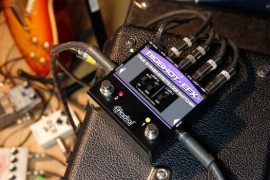
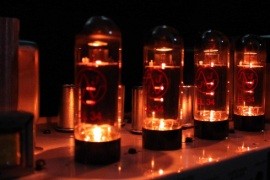
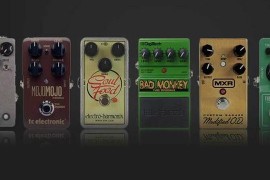
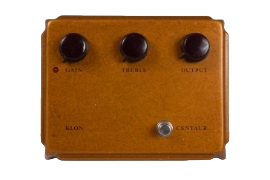
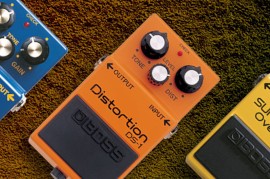
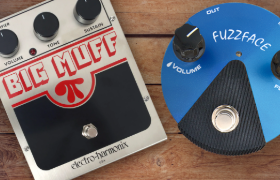
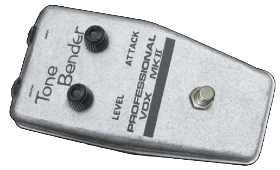
Leave a comment